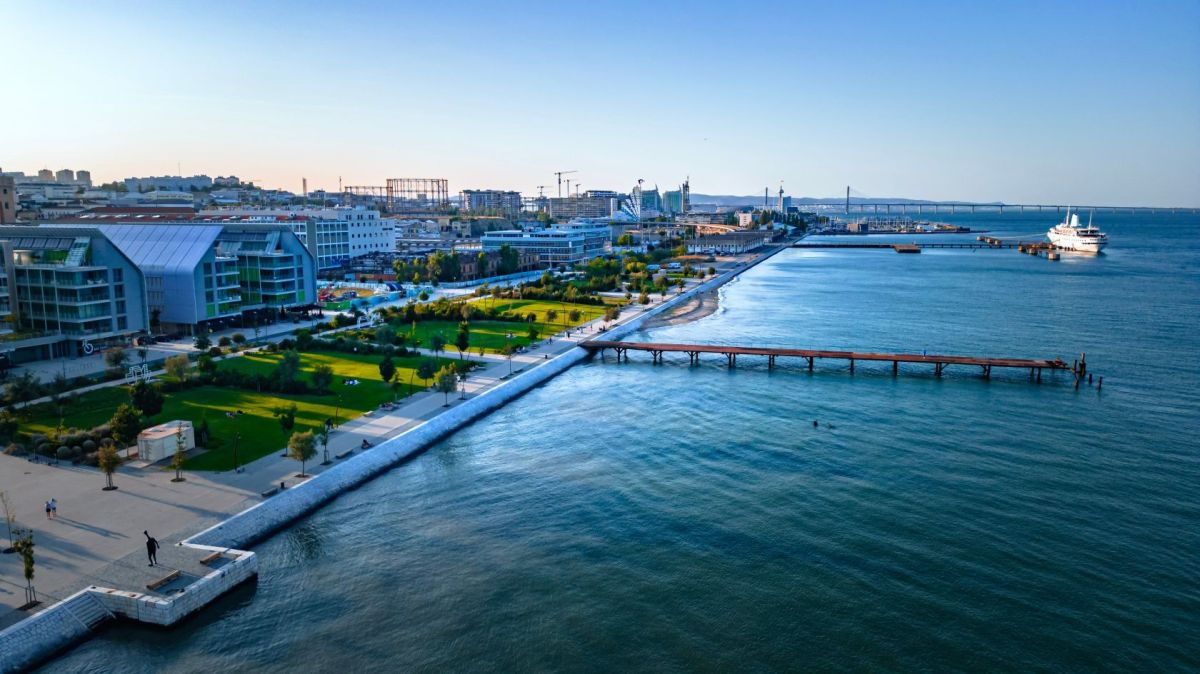According to the latest OECD Economic Outlook, Portugal’s economy is expected to expand by 1.9% this year and maintain the same pace in 2026. While this forecast is slightly below government projections of 2.4%, it aligns with earlier expectations and confirms that the country remains on a steady growth path.
One of the key drivers behind this positive trajectory is the anticipated rebound in both public and private investment. After a period of significant delays, caused by challenges in executing European funds like the €26 billion from the Recovery and Resilience Plan (PRR). Portugal is now poised for a stronger recovery. Investment growth is forecasted to rise from 3% in 2024 to 3.2% this year and 3.7% in 2026. This boost reflects the country’s commitment to leveraging European funds effectively and prioritizing strategic investments that support innovation and sustainable development.
Despite challenges in the global trade landscape, Portugal’s exports, including the vital tourism sector, continue to contribute to economic stability, even though growth has slowed. The OECD revised Portugal’s export growth for 2025 from 3.3% to 1.3%, marking the weakest performance since the 2009 financial crisis (excluding the exceptional disruption of the pandemic). The slowdown is partly linked to new global trade tensions and the resurgence of tariffs, particularly from the US administration, which have introduced uncertainty and dampened external demand.
Even though direct exports to the US make up only about 2.8% of Portugal’s GDP, the indirect impact through key European trading partners is significant. Nevertheless, Portugal’s external accounts remain robust, supported by improvements in terms of trade and a historically high trade surplus in 2024. This resilience in foreign trade balances reflects Portugal’s diversification of markets and competitive advantage in sectors like green energy, automotive technology, and services.
The OECD also highlights the positive outlook for Portugal’s fiscal position. Expansionary fiscal policy is expected to continue, with the PRR grants driving increases in public investment and consumption. The budget surplus is projected at 0.2% of GDP in 2025, contributing to a gradual reduction of public debt, which is expected to fall to around 89.8% of GDP by 2026.
Monetary policy in the Eurozone is also supporting the Portuguese economy. The European Central Bank has already lowered its key deposit rate to 2.25% in April 2025, and further reductions to 1.75% are anticipated by the end of the year. This monetary easing is expected to stimulate credit growth, benefiting both households and businesses.
Despite external pressures, Portugal’s economic fundamentals remain solid. The OECD urges Portugal to continue investing in its digital economy and knowledge-based sectors to enhance its competitiveness. The country’s leadership in green energy, advanced manufacturing, and technological innovation positions it well to thrive in an increasingly complex global economy.
In summary, while trade barriers and geopolitical uncertainties present challenges, Portugal is demonstrating that it remains on the right path. Through strategic investments, a focus on innovation, and a commitment to sustainability, Portugal is building a resilient and forward-looking economy that continues to attract international confidence and investment.
Paulo Lopes is a multi-talent Portuguese citizen who made his Master of Economics in Switzerland and studied law at Lusófona in Lisbon - CEO of Casaiberia in Lisbon and Algarve.
















